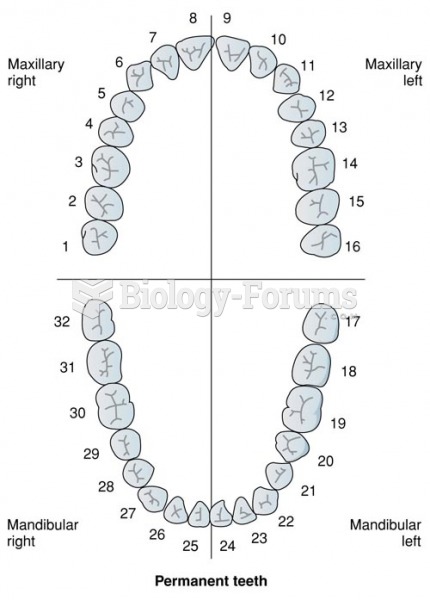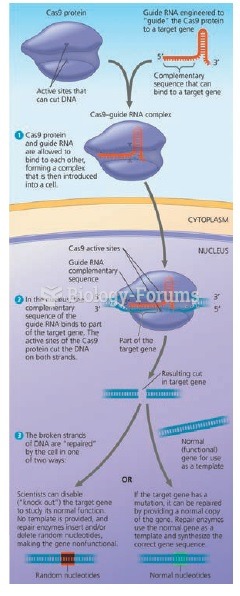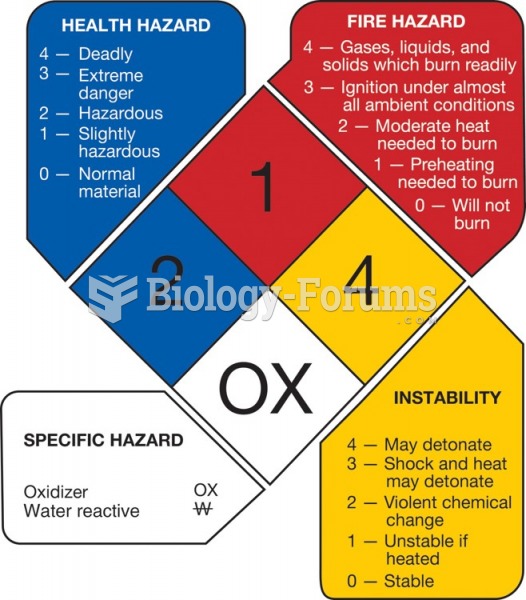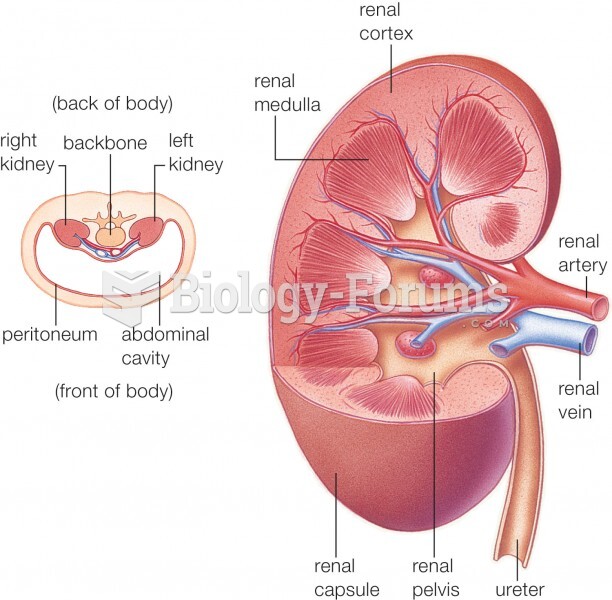Answer to Question 1
A PV cell works by sunlight shining on the wafer. Each cell consists of two very thin layers of semiconductor material separated by a junction layer. The lower layer has atoms with single electrons in the outer orbital that are easily lost. The upper layer has atoms lacking electrons in their outer orbital; these atoms readily gain electrons. The kinetic energy of light photons striking the two-layer sandwich' dislodges electrons from the lower layer, creating an electrical potential between the layers. The potential provides the energy for an electrical current to flow through the rest of the circuit.
PV cells are common in pocket calculators, watches, and toys. PV cells are used to provide power for homes, irrigation pumps, traffic signals, radio transmitters, lighthouses, offshore oil-drilling platforms, and other locations that are distant from power lines. Future applications include home-sized systems on rooftops.
To accelerate the market share of solar power, the cost of solar cells needs to drop dramatically. This is expected to happen within the next decade or so.
Answer to Question 2
In most ecosystems, sunlight (or solar energy) is the initial source of energy absorbed by producers through the process of photosynthesis. In a typical terrestrial ecosystem, the producers, who are capable of such photosynthesis, are the only organisms capable of utilizing the Sun's energy and thus provide the basis for food to the entire ecosystem. For that reason, the greatest amount of biomass in the ecosystem must come from producers to be able to support higher organisms. When moving up to another trophic level, the higher levels have 1/10 of the biomass of the previous level of the pyramid.







